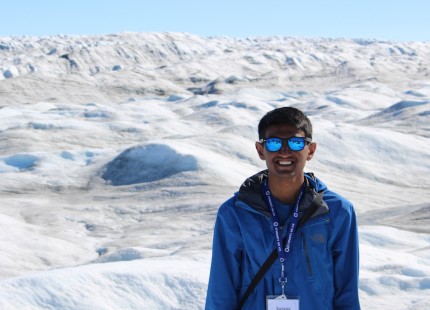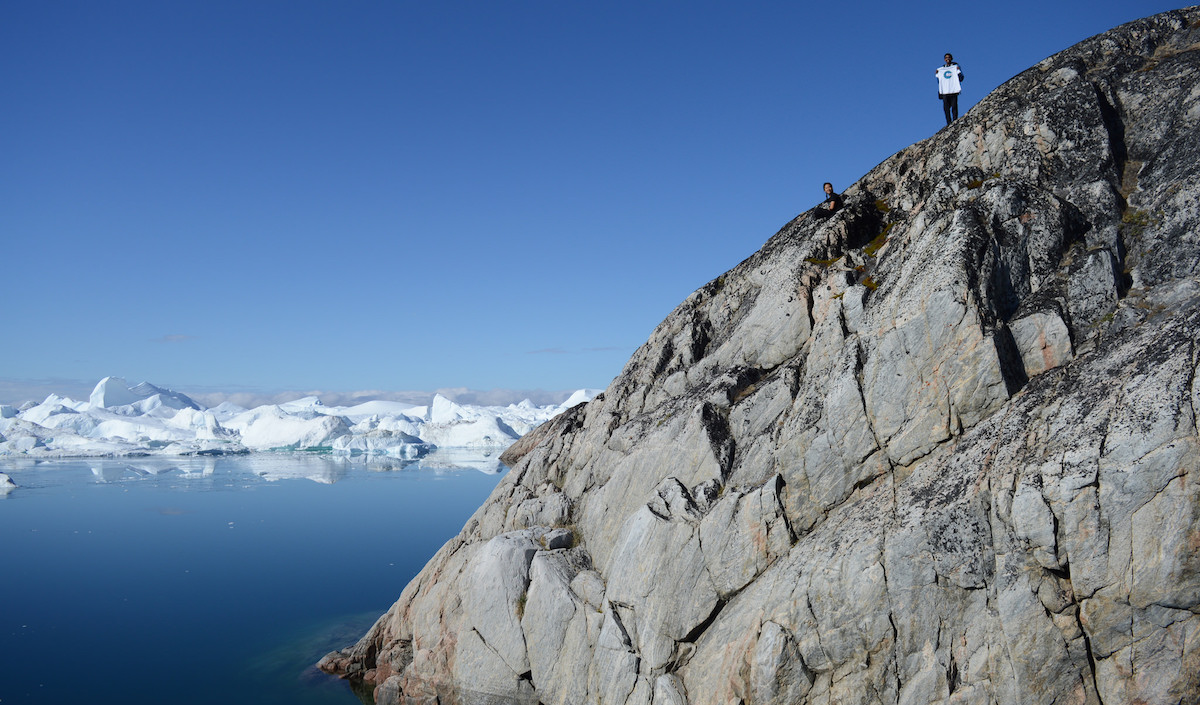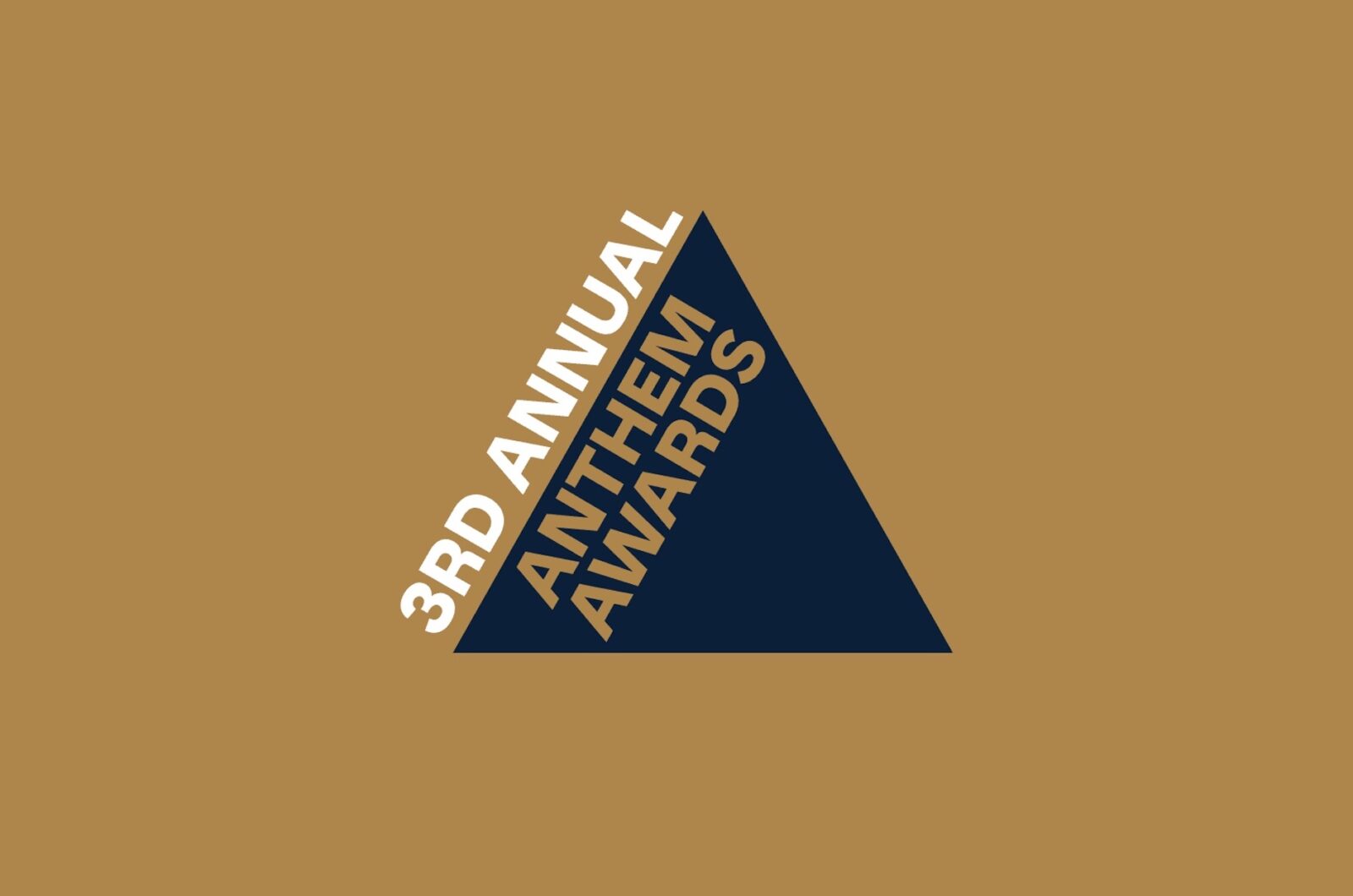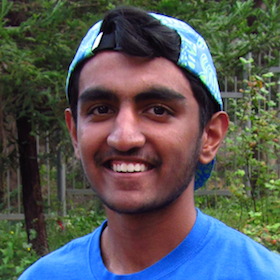What the Arctic taught me about fighting climate change
Suryaa Murali
|November 18, 2016

With the support of ACE and the Climate One Scholarship, I had the opportunity to go on an expedition with Students on Ice (SOI) to the Arctic this past summer.
When I first thought about SOI, I thought it would be mostly scientific. But the trip showed me a lot more. The Arctic is a special place, and it will forever be in my heart. I saw, smelled, tasted, heard, and felt a world with new ideas, cultures, beautiful landscapes, diversity, and possibilities. If I can describe the arctic with one word it would be indescribable. It’s so much more than the mediums it’s communicated in.
My journey on Students on Ice really pushed me to make it my lifelong goal to contribute as much as I can to ending climate change, as ambitious as it is.

Throughout this journey I learned that there’s so much to climate change than what I knew. Climate change actually opens up shipping routes in the arctic for trade, which many see as an economic benefit. It also affects the mental health of people in northern communities. My pod leader, Ashlee, was part of a research study showing high levels of stress, mourning, and depression among the Inuit people due to their struggle to sufficiently adapt to meet their everyday needs in their rapidly changing environment.
The Arctic is just one of the places being hit hard by the effects of climate change. Because of the melting sea caps in the Arctic and Antarctic, rising sea level are impacting island nations and coastal cities. Miami, for example, is being hit hard by sea level rise. And it’s apparently going to get worse. Climate change is not just a social, economic, or environmental issue; it’s THE issue of our planet today. We need everyone to understand, and take action in solving climate change. In the vicinity of the Ilulissat Ice Fjord in western Greenland, I was brought face-to-face with the vastness of climate change, and it really got me thinking about creative solutions.

In our SOI Journey we were exposed to a wide variety of ideas and ways of thinking that made me start to look at a holistic approach to climate change. Intersectional ideas and connections can really help with that. Finding intersections among our ideas can hopefully save the connection we have to our planet.
Intersectionality. This word means a lot. To many it’s a social theory of the interlocking between different social constructs in the contexts of justice and equality. Moreover, intersectionality can also be applied to the intersections of climate change problems and solutions. On my expedition, Dr. Andrew and Connor from the staff talked about the importance of anthropology, the holistic view of humanity and culture. It’s really important because groups are being marginalized, and anthropology really exposes you to the idea that diversity among people and ideas are important to understanding potential solutions. Another increasingly trending intersection is around technology. Technology is really shaping the way we do many things, be it improving renewable energy, saving languages from going extinct, or just storing and allowing the easy flow of new ideas.
It’s important to make connections to the work we do; it helps us to understand and to be passionate about what we do. Many native communities have a special respect and care for the land which drives them to create livelihoods that benefits earth and its people. We need to allow for understanding Indigenous/Native people because they hold vast traditional knowledge that can help save biodiversity and diversity itself, and we can’t lose that. Case in point: Standing Rock. Making an emotional connection will help drive your work. In a way, my journey on Students on Ice really pushed me to make it my lifelong goal to contribute as much as I can to ending climate change, as ambitious as it is. It’s important to be open and diverse in your thinking and behavior.
On the first day of SOI we had the opportunity to meet Justin Trudeau, the Prime Minister of Canada. Honestly for the first few minutes I couldn’t really concentrate on what he was saying because I was in shock that the person I began to idolize a few months ago was speaking to us. And I got to take a picture with him! He left us with this: “We need [young people] to be the leaders of today” and “If you have the attitude to be different, than there is no stopping you.”
By being unconventional and setting our own standards we can solve any issue. Holistic moral decisions solve issues.

Join our Youth Action Network
More Blog Posts

Our Climate Wins Were on Display at the State of the Union
Today, the Biden Administration temporarily halted all pending decisions on 17 Liquefied “Natural” Gas (LNG) projects across the Gulf South.
Read More
ACE Honored As An Anthem Awards Finalist
Action for the Climate Emergency (ACE) announced today that it won Bronze in Best Use of AI at the 3rd …
Read More
BREAKING: Biden Halts LNG Export Expansion
Today, the Biden Administration temporarily halted all pending decisions on 17 Liquefied “Natural” Gas (LNG) projects across the Gulf South.
Read More
